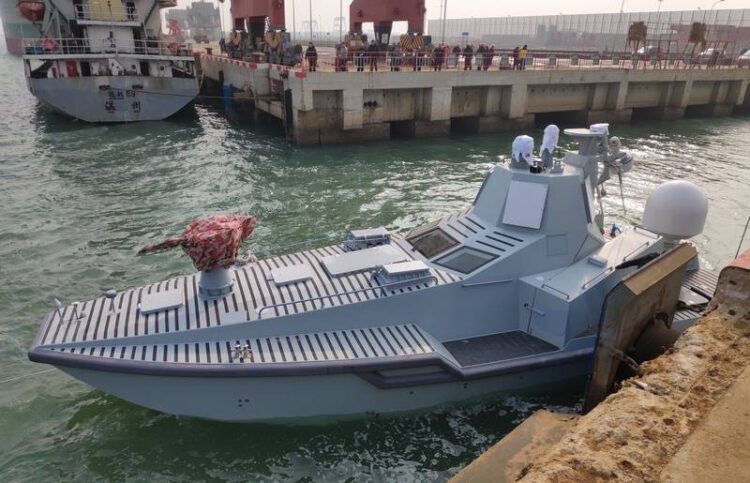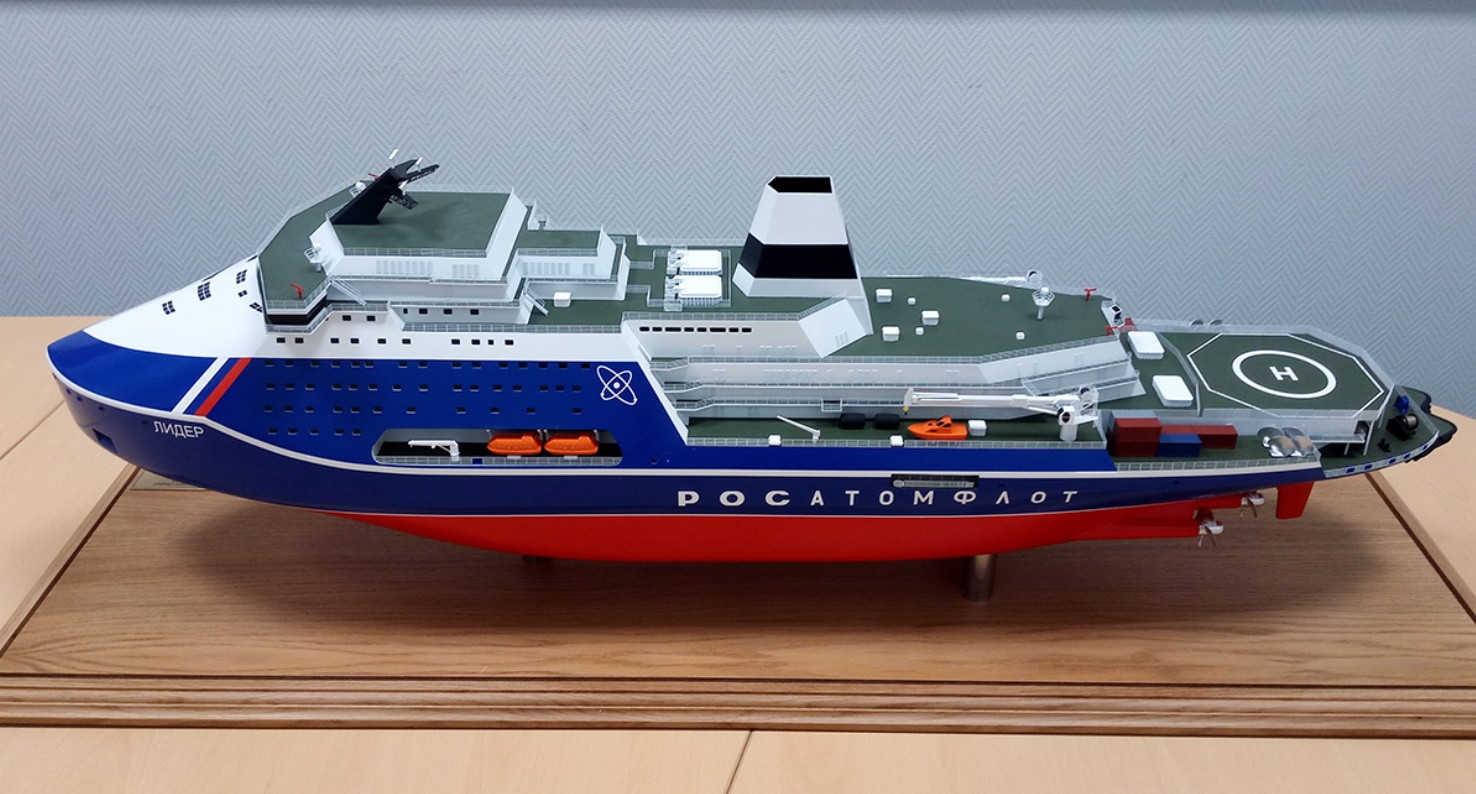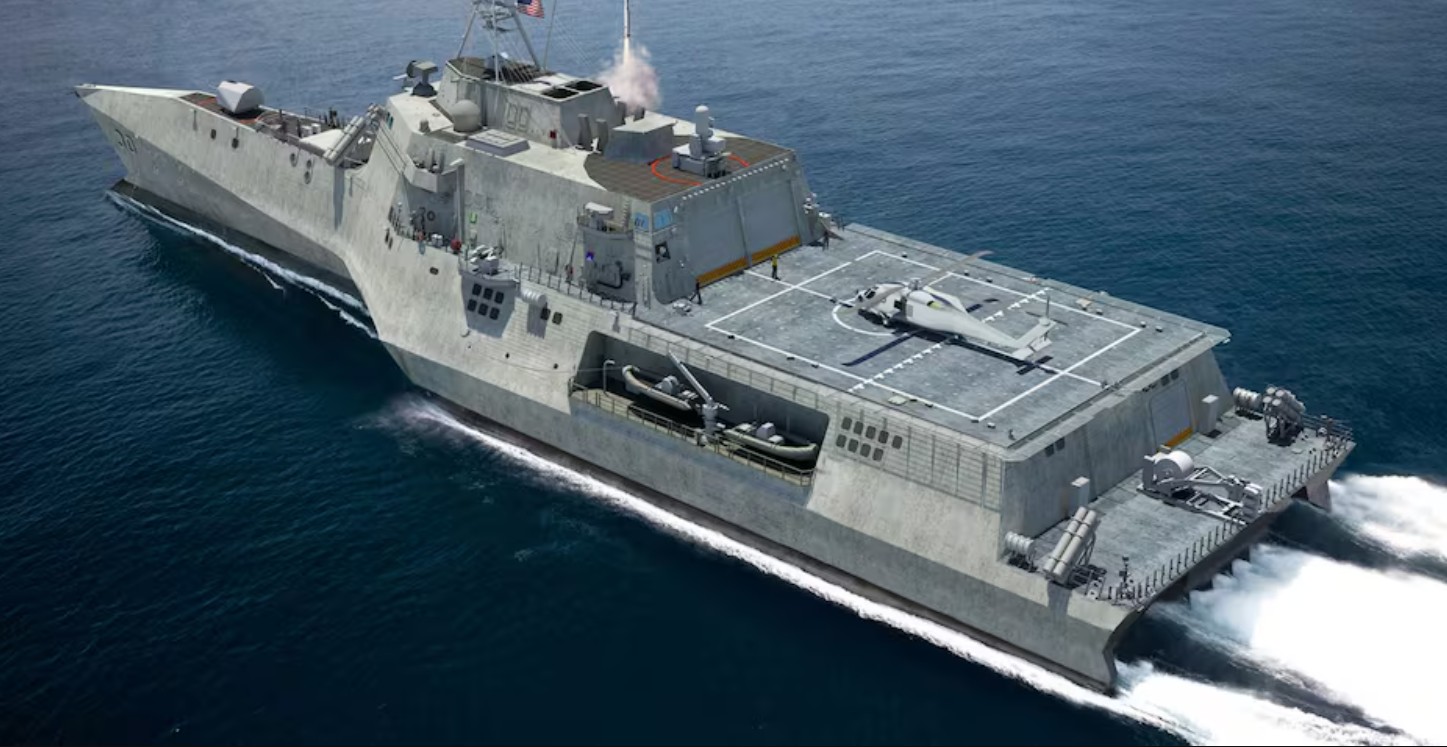The Rise of Unmanned Surface Vessels (USVs)
Unmanned Surface Vessels (USVs) are revolutionizing naval warfare with their ability to perform a variety of tasks without putting human lives at risk. Among these advanced technologies, China’s JARI-USV stands out as a formidable combat vessel reflecting significant strides in autonomous maritime technology.
Understanding the JARI-USV
The JARI-USV, unveiled by China Shipbuilding Industry Corporation (CSIC) at the International Defense Exhibition & Conference in Abu Dhabi, is a semi-autonomous, multi-role vessel boasting state-of-the-art equipment tailored for modern naval warfare. The platform can fulfill a wide array of missions, including anti-submarine warfare, surface warfare, and reconnaissance.
Key Features of the JARI-USV
- Integrated Combat System: The JARI-USV features an advanced combat management system that controls its weapons and sensors effectively.
- Versatile Armaments: Equipped with missile systems, torpedoes, and a 30mm automatic cannon, making it capable of engaging multiple threats.
- Autonomy and Control: Designed for remote and autonomous operations, with the ability to integrate into larger fleet strategies.
- Stealthy Design: The USV’s hull shape and materials are optimized for reduced radar cross-section, enhancing its survivability.
Technical Specifications
| Specification | Details |
|---|---|
| Length | 15 meters |
| Displacement | 20 tons |
| Speed | Over 42 knots |
| Range | 500 nautical miles |
| Endurance | 7 days |
Strategic Advantages
The introduction of the JARI-USV presents several strategic advantages for the Chinese navy. With sophisticated sensors and weaponry, it enhances the country’s naval capabilities, allowing for effective force multiplication. As an unmanned system, it also reduces personnel risks and can perform operations in environments deemed too hazardous for crewed vessels.
Challenges and Considerations
Despite its advantages, the deployment of the JARI-USV, like all unmanned systems, comes with challenges. Communication vulnerabilities and jamming threats could impact operations. Moreover, its integration into fleet strategies requires careful planning and coordination, ensuring that these vessels complement manned ships effectively rather than complicate existing naval procedures.
Comparative Analysis: JARI-USV vs. Global Counterparts
When comparing JARI-USV to its global counterparts, it’s clear that China’s emphasis lies in versatility and autonomy. The USV’s operational flexibility is matched by platforms such as the US Navy’s Sea Hunter and Israel’s Protector USV, but JARI boasts a more balanced range of offensive and defensive capabilities.
For instance, the Sea Hunter is primarily used for anti-submarine warfare, employing state-of-the-art sonar to detect threats. Meanwhile, the Protector favors security and reconnaissance missions. The JARI, by contrast, incorporates elements from both, providing an all-rounded solution to modern naval challenges.
Implications for Future Naval Warfare
The rise of USVs like the JARI signals a shift toward more technologically driven naval tactics. Future conflicts may not center around large, crewed ships but rather on networks of smaller, more flexible unmanned systems. These vessels will perform a range of tasks from surveillance to direct engagements, reshaping maritime strategy profoundly.
In essence, the JARI-USV is more than just a naval weapons platform; it’s a beacon for the future of naval engagements, combining automation with human strategic command. Its development marks a pivotal point in naval history, reflecting the broader global trends towards unmanned military technology.
The advent of unmanned technologies like China’s JARI-USV could well redefine the landscape of naval warfare. Its capabilities demonstrate the potential to enhance mission success while minimizing human risk, providing both strategic and tactical advantages. As nations continue to develop and deploy such technologies, the maritime domain will undoubtedly become more automated, efficient, and potentially, more complex.









